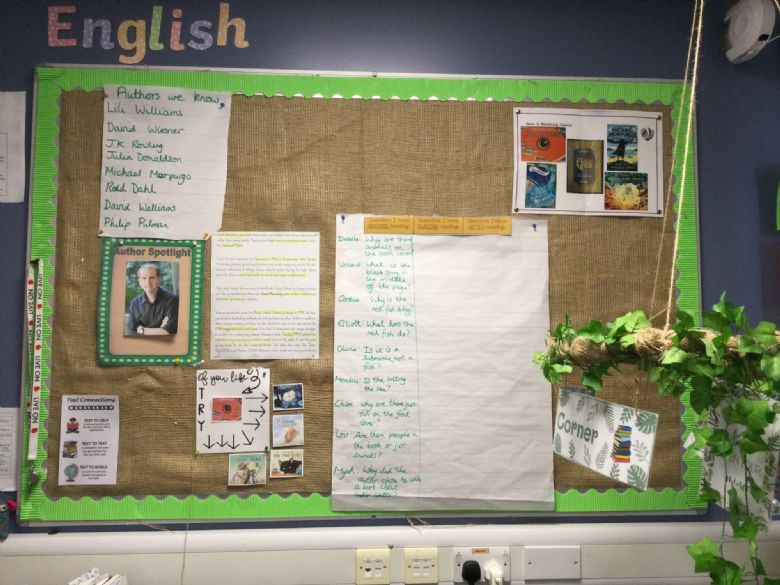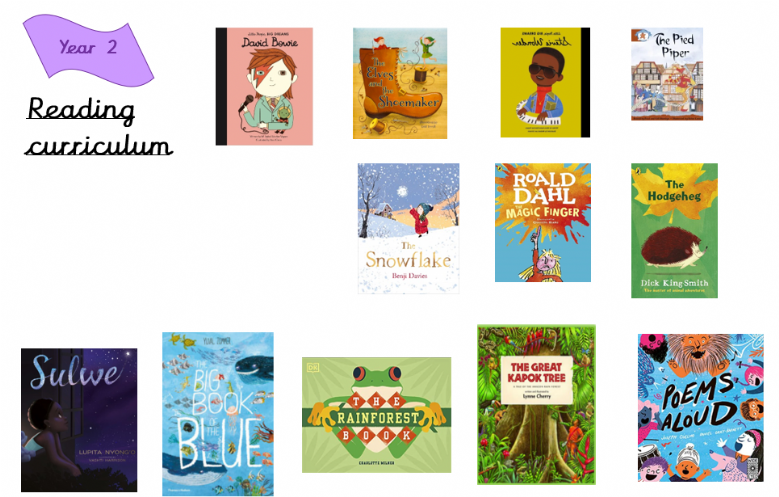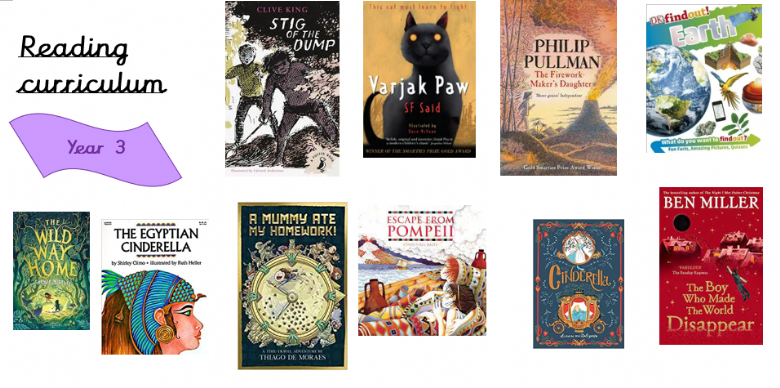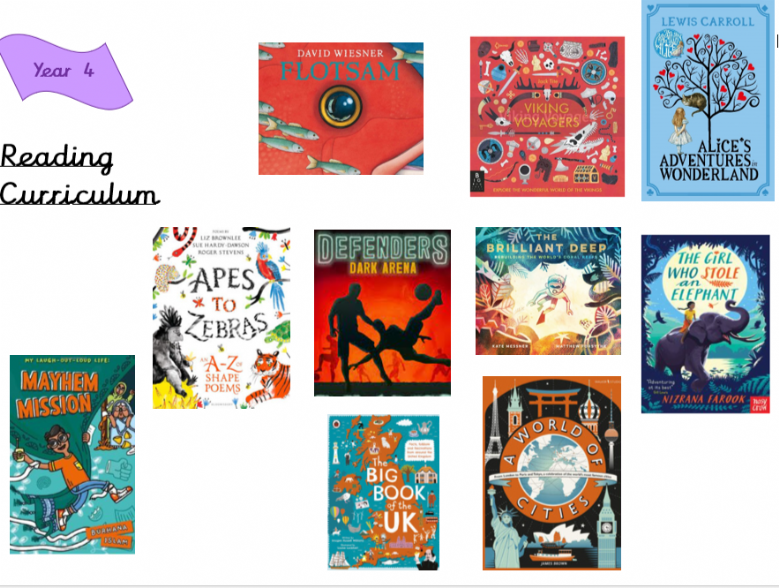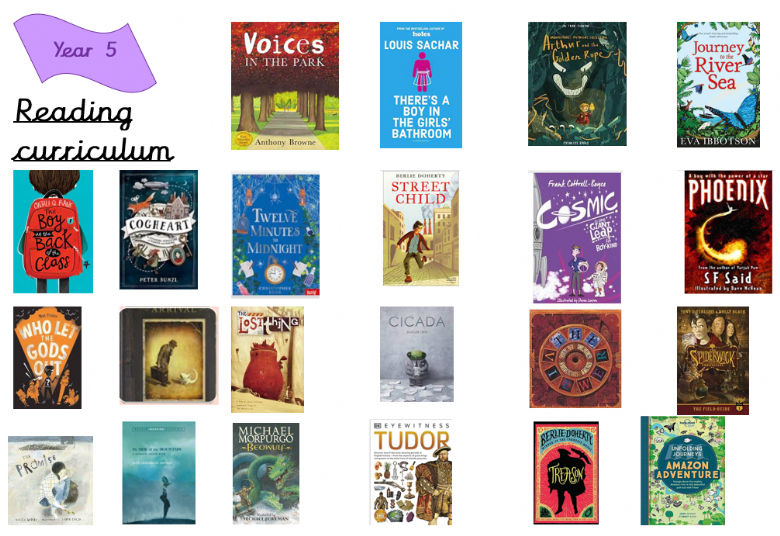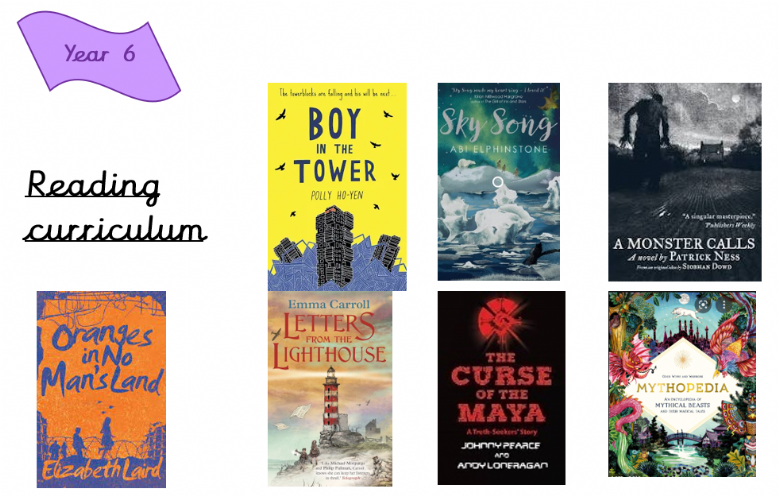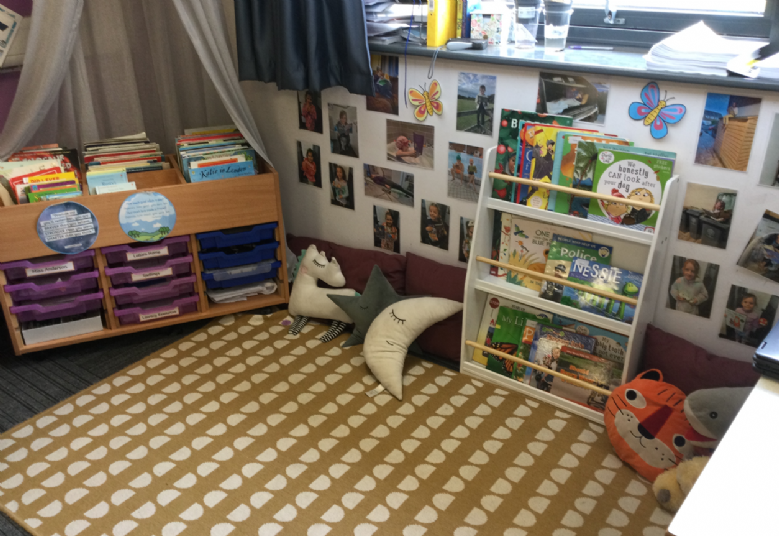Implementation
Guided Reading Sessions:
Teaching reading at RPA focusses on book-lead sessions that enable students to become established readers whilst also nurturing a love of reading. Our guided reading sessions from Years 2 to 6 are aimed to develop pupils in the moment, through scaffolding and explanation by the teacher. Strategies such as echo and choral reading are used to support fluency with lots of modelled reading aloud across the curriculum, as well as repeated reading of a particular text.
We always start every unit with an 'Author Spotlight' session. Our author spotlight sessions are another fantastic way to engage our children with literature! During this session, children get the opportunity to learn more about the author behind the stories they are reading, as well as look at other texts written by them.
Please refer to our 'Reading Small Steps' at the bottom of the page to see how the teaching of reading skills at RPA progresses and differs across year groups.
EYFS and Year 1 learn to read through our Little Wandle phonics scheme. For more information on this please refer to our 'Phonics' page.
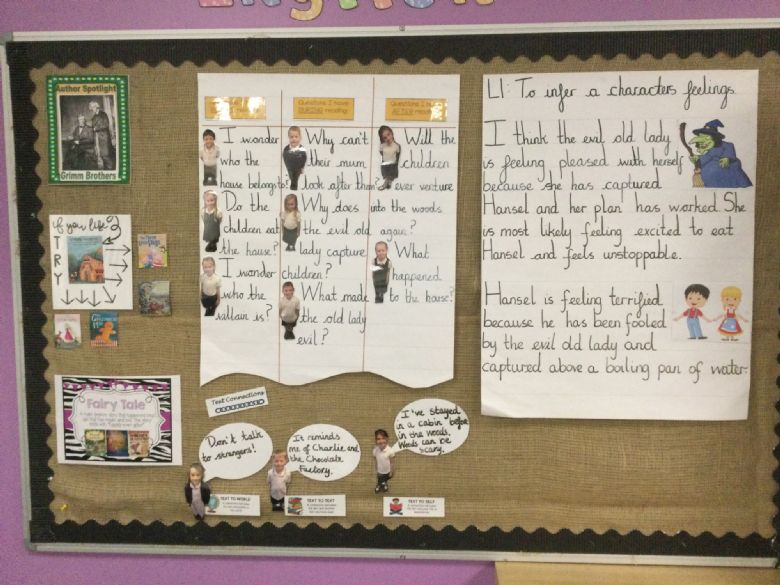
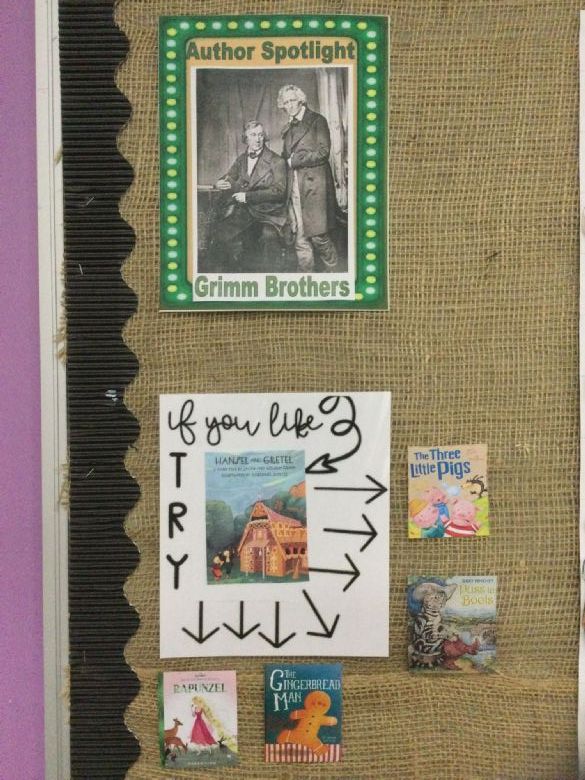
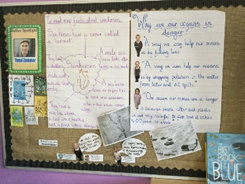
Reading for Pleasure:
- Teachers read daily to their children. This book isn't linked to the learning or their topic. This book is shared with the sole aim of enjoyment. A long term plan for our reading for pleasure novels can be found at the bottom of this page.
- The children take home library books once a week to share at home and are encouraged to read widely across both fiction and non fiction.
Monday's Picture Book Assembly:
Our Monday picture book assemblies are a real delight and a wonderful way to start the week. We choose our picture books with the focus being on equality, diversity and inclusion, as well as eco-friendly themes. The assembly lasts around 30minutes and the children listen to a different teacher read each week and discuss the meaning behind the text.
Reading Spines:
Please see below the progression from year 2 to 6 of our texts covered within guided reading sessions.
Below in the documents you will find a downloadable copy of our Long Term Plans for our Class Reading for Pleasure Novel and Guided Reading texts.
The Classroom Environment
Each classroom has a dedicated reading area which includes a variety of class books (fiction and non-fiction) which the children can choose and read for pleasure. In these collections there is a book for everyone! A selection of decodable books are also available for classes to use during independent reading.
Have a look at our guided reading display boards that support learning.

